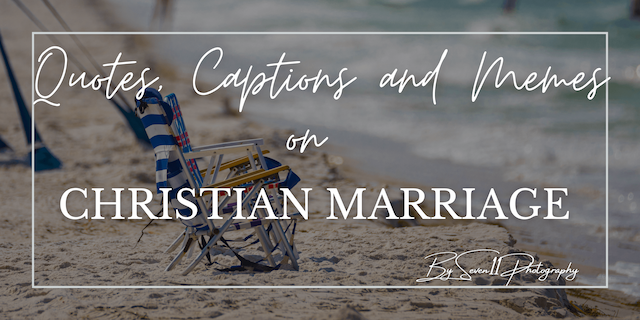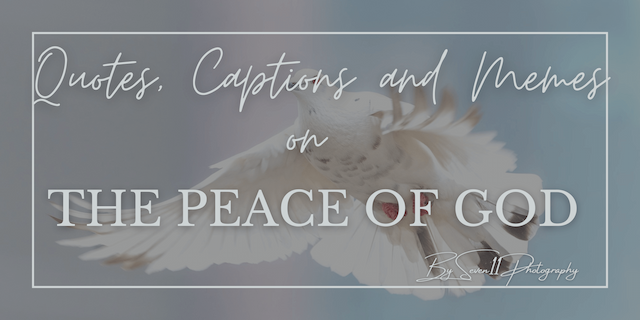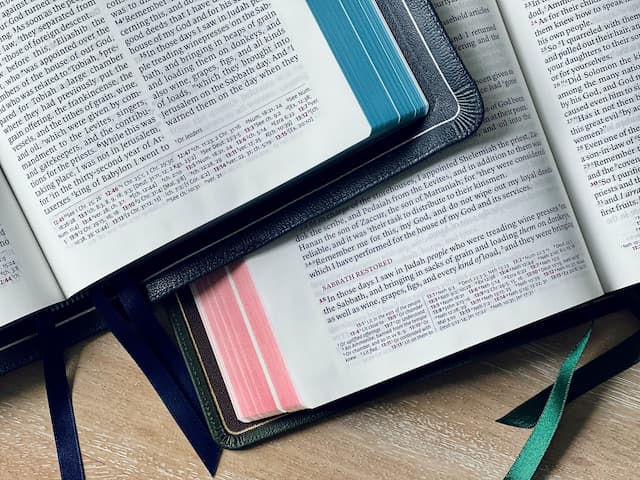Camera Lens Hood Purpose: How to use one like a pro - Inspiration Photography & Christian Devotions

The cheapest addition to your camera bag that can make a huge impact on a day of shooting; lens hoods. But they come in so many different shapes, sizes and materials, how can you tell which one is best for you and your lens? Is a camera lens hood different for Canon or Nikon? The answer is easier and cheaper than you might think, so let’s dive into the purpose of camera lens hoods!
What are they? What do they do?
Lens hoods have the sole purpose of blocking direct sun rays from bouncing off your lens and creating sun glare in your images. To imagine this, think of going out on a sunny day where the sun is in the corner of your eye sight, so bright you have to squint due to the brightness. Your eyes, are just like camera lenses in many ways! Now, place your hand up next to your eyes to block the sunlight. So you didn’t reduce the light outside, or dim the sun. You are simply putting up a solid barrier between your eyes and the sun so you can see without having to squint.
Well your camera lens can’t squint, so in comes the lens hood. In fact, you can replace the usefulness of a lens hood simply by placing your hand up to keep the sun from blaring directly onto the lens, but then you have to shoot one handed… When your goal is to create sun flare for artistic effect, take the lens hood off and see the difference! It really is that simple.

What kinds of hoods are there?
Petal hood

These are specially designed for wide angle lenses to still block the sun but also have a cutout so that the lens doesn’t get into your camera’s image. If you take an image and you see black edges or corners, shift your lens hood 90 degrees and see if that helps. You may see these hoods come with a telescopic lens, and they can be used successfully, but the petal design is about useless. For telescopic lenses, you need a cone or “barrel” hood!
Cone and Barrel hood

The cone hood provides full protection unless you start aiming your lens directly into the sun. Since these are long and narrow, they get in the way in wide angle shots, but are perfect for telescopic ranges. Telescopic lenses are about distant points of focus, therefore, the lens hood really doesn’t affect the image. Plus they add some length to your lens and make it look ultra-cool. So, if the sun is shining, throw your cone hood on and keep the sun from ruining your day of shooting.
Tip: I often leave my lens hood on when outside no matter what. The hood itself is normally fairly large and keeps the lens glass well protected from a drop, branches rubbing, etc. So, use that cheap $5.00 hood to protect your hundreds or thousands of dollars invested in glass!
Collapsible hoods

You don’t see these too often, but they are a nice place in the middle ground of petal and cone hoods. Typically made of rubber, these fold down (kind of like an accordion) for easy storage and for adjusting the length. They can be a bit floppy, but are a great option for traveling where space is hard to come by. They can even be taken off your camera and folded nearly flat! However, they don’t offer the same protection that hard plastic or metal cone or petal might. Since they can collapse if dropped, they can still offer some cushion but don’t count on them to save your glass.
Bonus tip: Since these are made of rubber and have some flex, these are a fantastic option when shooting from behind glass. Glass often leaves reflections that appear in your pictures; however, you can place the rubber hood directly against the glass to reduce any reflective light and get a much clearer picture. Give it a try, it’s a great option when traveling to aquariums, zoos, or just street photography. Remember shooting through glass will never be as sharp as shooting in the open; but when you have no other choice, now you have options!
After Market Hoods
Collapsible hoods are pretty reliant on rubber, but petal and cone hoods can come in plastic or metal. You are going to pay more for metal, but some wildlife and landscape photographers really need this sturdiness when hiking about outside. Unless you really need a metal hood, go plastic! They are cheap, lightweight, and if you crack it, you won’t be out more than a few dollars. I have bought so many lens hoods over the years and never regretted a cheap universal hood. They get the job done just as well. If you are looking for name brand, you are going to pay way more for a device that replaces your hand or some shade. Save your money on quality glass and buy a cheaper hood!
What size hood do I need?
The thread size for each lens is on the lens itself, typically on the inside ring around the glass or on the bottom of the lens body. When in doubt, you typically can find it on the internet through a simple search. Many lens hoods will be double threaded so you can place a filter on without taking the hood off. However, whenever possible, always screw your filters to the glass then place the hood on. Misplacing filters can distort your images or reduce clarity, but a hood is just a shading device… as long as it’s keeping the sun off your lens, it’s doing its job!
That’s a wrap on Lens Hoods
You are now a lens hood aficionado. I told you, not much to it! Now you can head out in confidence, lens hoods included and shoot in low sun, high sun and everything in between. God bless and happy shooting!
Check out our recent post, “More Megapixels is not the Answer!”
Written by Jon Frederick, Lead Photographer for Seven11.

Jon is an internationally exhibited fine arts photographer, blog contributor, and published Christian author. Along with his wife, Kathleen, they are the founders of Seven11 Photography and co-authors of “Immersion: An Inspirational Christian Photography Collection”. “Immersion” is the first devotional of its kind to combine “faith-inspired” photography with individual messages of Christian encouragement, creating a more immersive study you can read, see, and spiritually feel. Their goal is to help fellow Christians deepen their relationship with God by creating studies that go beyond written words. If a picture says a thousand words, this unique approach reaches deep into your thoughts, memories, and emotions, through visual engagement, to deepen your study and actively strengthen your relationship with Jesus Christ.
View all posts by Jon Frederick











